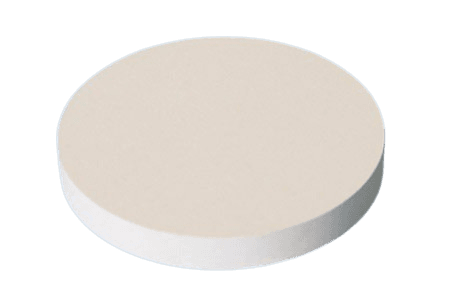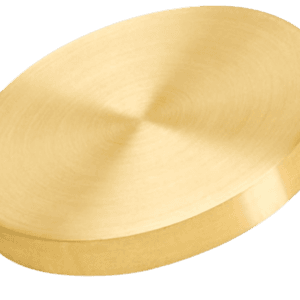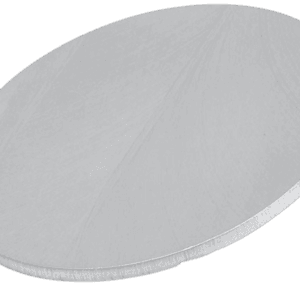Calcium Vanadium Oxide Sputtering Target Description
TFM offers high-purity Calcium Vanadium Oxide sputtering targets, designed for use in advanced thin film deposition processes, particularly in solid-state battery research, electrochromic devices, and functional oxide coatings. These ceramic targets are engineered to deliver uniform films with excellent stoichiometric control during sputtering.
Calcium Vanadium Oxide (CaVO₃) is a perovskite-type oxide material that exhibits intriguing electronic, ionic, and catalytic properties. It is widely studied for applications such as:
-
Thin-film solid oxide fuel cells (SOFCs)
-
Lithium-ion battery electrodes
-
Memristive switching and neuromorphic computing devices
-
Transparent conductive oxides (TCOs)
The unique interaction between calcium and vanadium in the CaVO₃ lattice makes this material an attractive candidate for next-generation electronic devices and energy storage solutions.
Calcium Vanadium Oxide Sputtering Target Specification
| Property | Value |
|---|---|
| Compound Formula | CaVO₃ (Calcium Vanadium Oxide) |
| Purity | ≥ 99.9% (3N) |
| Appearance | Black or dark gray ceramic target |
| Crystal Structure | Orthorhombic perovskite |
| Density | ~5.2 g/cm³ |
| Melting Point | Decomposes before melting |
| Available Sizes | Dia.: 1″, 2″, 3″, 4″ Thick: 0.125″, 0.250″ (custom sizes on request) |
| Form | Sintered ceramic target (bonded or unbonded) |
Calcium Vanadium Oxide Sputtering Target Handling Notes
-
Bonding is recommended due to the material’s ceramic nature and brittleness.
-
Avoid rapid heating or cooling to minimize thermal shock and cracking.
-
Store in a dry, inert atmosphere to prevent surface degradation.
Calcium Vanadium Oxide Sputtering Target Packaging
Each Calcium Vanadium Oxide sputtering target from TFM is packaged with extreme care, sealed under vacuum or argon, and cushioned in protective foam or plastic casing. Labels include full material ID, batch number, and purity level to ensure traceability and quality assurance.
Get Contact
TFM supplies Calcium Vanadium Oxide sputtering targets in a variety of sizes and custom specifications for research and production use. Our targets are suitable for pulsed laser deposition (PLD), RF magnetron sputtering, and other physical vapor deposition (PVD) methods.
Contact us today to request a quote or discuss application-specific requirements.


 MSDS File
MSDS File



Reviews
There are no reviews yet.